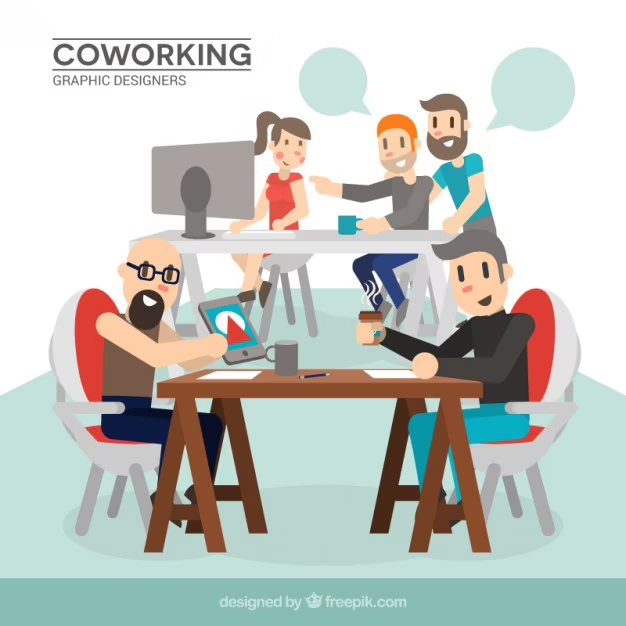How to Enhance Collaboration Between Different Teams in Small and Medium-Sized Enterprises (SMEs)
Introduction
Effective collaboration between different teams is crucial for the success of small and medium-sized enterprises (SMEs). As SMEs often have limited resources and smaller teams, fostering a collaborative environment can significantly enhance productivity, innovation, and overall business growth. Here’s how you can enhance collaboration between various teams in your SME:
- Establish Clear Goals and Objectives
To ensure that teams work effectively together, it is essential to set clear and shared goals. When every team understands the common objectives, it becomes easier to align their efforts and contribute towards achieving them.
- Define Shared Goals: Collaboratively set goals that reflect the interests and contributions of all teams involved.
- Communicate Objectives Clearly: Use regular meetings and communication tools to ensure everyone is aware of the objectives and their roles in achieving them.
- Promote Open Communication
Communication is the backbone of successful collaboration. Encourage open dialogue between teams to share ideas, updates, and feedback.
- Regular Meetings: Schedule regular inter-team meetings to discuss progress, challenges, and opportunities.
- Utilize Communication Tools: Implement tools like Slack, Microsoft Teams, or Trello to facilitate real-time communication and information sharing.
- Encourage Team Building Activities
Team-building activities can help build trust and improve relationships between team members from different departments.
- Organize Workshops and Seminars: Conduct events that bring together employees from various teams to collaborate on tasks and challenges.
- Social Events: Arrange informal gatherings such as team lunches or outings to strengthen interpersonal connections.
- Implement Collaborative Technologies
Leveraging technology can streamline collaboration and improve efficiency.
- Project Management Tools: Tools like Asana, Basecamp, or Monday.com help teams manage projects and track progress collaboratively.
- Shared Document Platforms: Use Google Workspace or Microsoft 365 for real-time document editing and sharing.
- Foster a Collaborative Culture
Building a culture that values collaboration is essential for long-term success.
- Encourage Cross-Functional Projects: Involve members from different teams in projects to promote diverse perspectives and solutions.
- Recognize Collaborative Efforts: Acknowledge and reward successful collaborative projects to motivate teams.
- Provide Training and Development
Invest in training programs that enhance team collaboration skills.
- Communication Skills Training: Offer workshops on effective communication and teamwork strategies.
- Leadership Development: Train managers to lead collaborative efforts and facilitate inter-team cooperation.
- Align Incentives and Rewards
Ensure that incentives and rewards are aligned with collaborative efforts.
- Set Collaborative Targets: Include teamwork and collaboration as key performance indicators (KPIs) in performance reviews.
- Offer Incentives for Team Success: Provide rewards for achieving goals through collaborative efforts rather than individual accomplishments.

FAQ
Why is collaboration important for SMEs?
Collaboration in SMEs enhances productivity, innovation, and problem-solving. By working together, teams can share knowledge and resources, leading to more efficient operations and better business outcomes.
How can I improve communication between teams?
Improve communication by scheduling regular inter-team meetings, utilizing communication tools like Slack or Microsoft Teams, and encouraging open dialogue.
What are some effective team-building activities?
Effective team-building activities include workshops, seminars, social events like team lunches, and collaborative projects that bring team members together.
How can technology aid in collaboration?
Technology aids collaboration by providing tools for project management (e.g., Asana, Trello), real-time document sharing (e.g., Google Workspace), and instant communication (e.g., Slack).
What role does company culture play in collaboration?
Company culture plays a crucial role in collaboration by fostering an environment that values and supports teamwork. Encouraging cross-functional projects and recognizing collaborative achievements helps build a collaborative culture.
Conclusion
By implementing these strategies, SMEs can significantly enhance collaboration between different teams, leading to improved efficiency and business success.



















